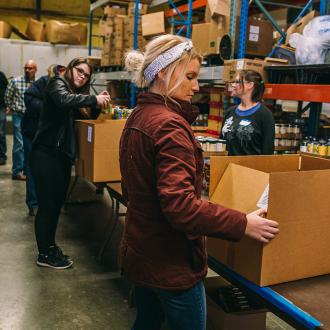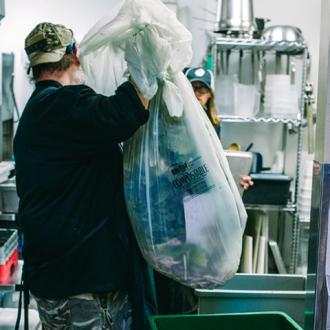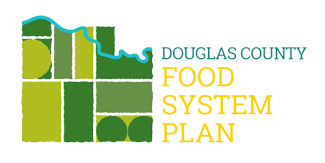The Douglas County Food System Plan provides strategic recommendations to help guide the development of the local food system in Douglas County, Kansas.
Creating the Plan
Nearly a year’s worth of robust community effort led to creating this plan. Through multiple creative formats, the public was invited to share their values and vision on needs and opportunities within our food system. These listening methods included:
- 13 focus groups with community organizations
- More than 200 resident interviews
- 480 survey responses
- 5 public forums throughout Douglas County
We are proudest of the 200+ interviews carried out by 7 community members, called the Community Coordinators. Community Coordinators were hired, trained with tools for community listening and information gathering, and asked to engage in genuine discussion with diverse populations of the community to record everyday food system experiences. Captured through transcription, diagrams, and storytelling, these lived realities were a foundation for this policy guide.
Tracking the Plan
In 2022, in time to mark 5 years of implementation of the Food System Plan, Douglas County launched the Food System Plan Dashboard. The dashboard provides a snapshot of the current state of our food system through key data points, or indicators, that align with the 5 Goal areas of the Food System Plan. Together we can track where we are making progress, and where we can improve.
Just as there are additional indicators that can be collected to provide a more comprehensive picture of our food system (we hope to add to the dashboard over time!), not all progress can be measured on a chart. In fact, many of our food system successes, strengths, and lessons have come from partnerships, experiments, and relationship-building. For this reason, on the dashboard you will find Local Food Stories, brief narratives that capture the qualitative efforts that go into creative problem-solving and progressing the vision of the Food System Plan.
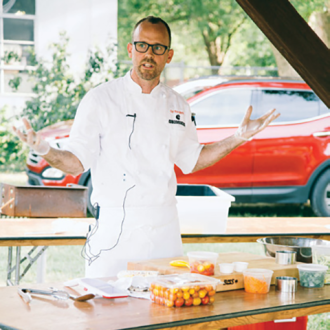
Goal One
Agricultural producers, food entrepreneurs and food sector workers thrive in our regional economy
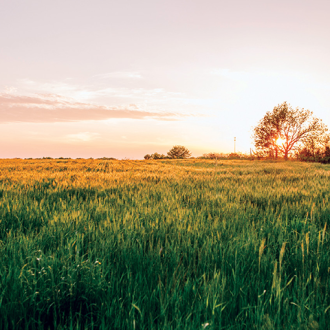
Goal Two
As our cities grow, we prioritize natural resource conservation and maintain working lands to promote soil health
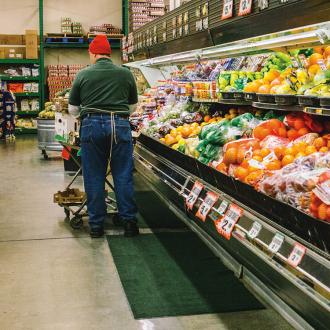
Goal Three
We build and design our communities to ensure food access, foster health and eliminate food deserts
